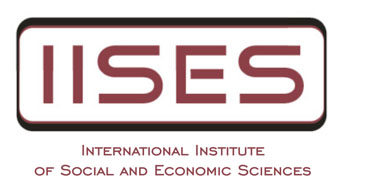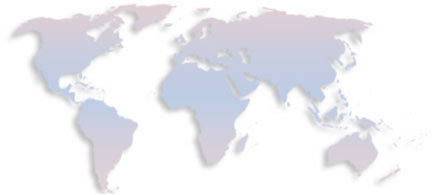35th International Academic Conference, Barcelona
COMPARATIVE STUDY OF THREE TIME SERIES METHODS IN FORECASTING DENGUE HEMORRHAGIC FEVER INCIDENCE IN THAILAND
SOMSRI BANDITVILAI, SIRILUCK ANANSATITZIN
Abstract:
Accurate incidence forecasting of infectious disease such as dengue hemorrhagic fever is critical for early prevention and detection of outbreaks. This research presents a comparative study of three different forecasting methods based on the monthly incidence of dengue hemorrhagic fever. Holt and Winters method, Box-Jenkins method and Artificial Neural Networks were compared. The data were taken from the Bureau of Epidemiology, Department of Disease Control, Ministry of Public Health starting from January, 2003 to December, 2016. The data were divided into 2 sets. The first set from January, 2003 to December, 2015 were used for constructing and selection the forecasting models. The second set from January, 2016 to December, 2016 were used for computing the accuracy of the forecasting model. The forecasting models were chosen by considering the smallest root mean square error (RMSE) and mean absolute percentage error (MAPE) were used to measure the accuracy of the model. The results showed that Artificial Neural Networks obtained the smallest RMSE in the modeling process and the MAPE in the forecasting process was 14.05%
Keywords: Dengue hemorrhagic fever, Time Series Forecasting, Holt-Winters method, Box-Jenkins method, Artificial Neural Networks

